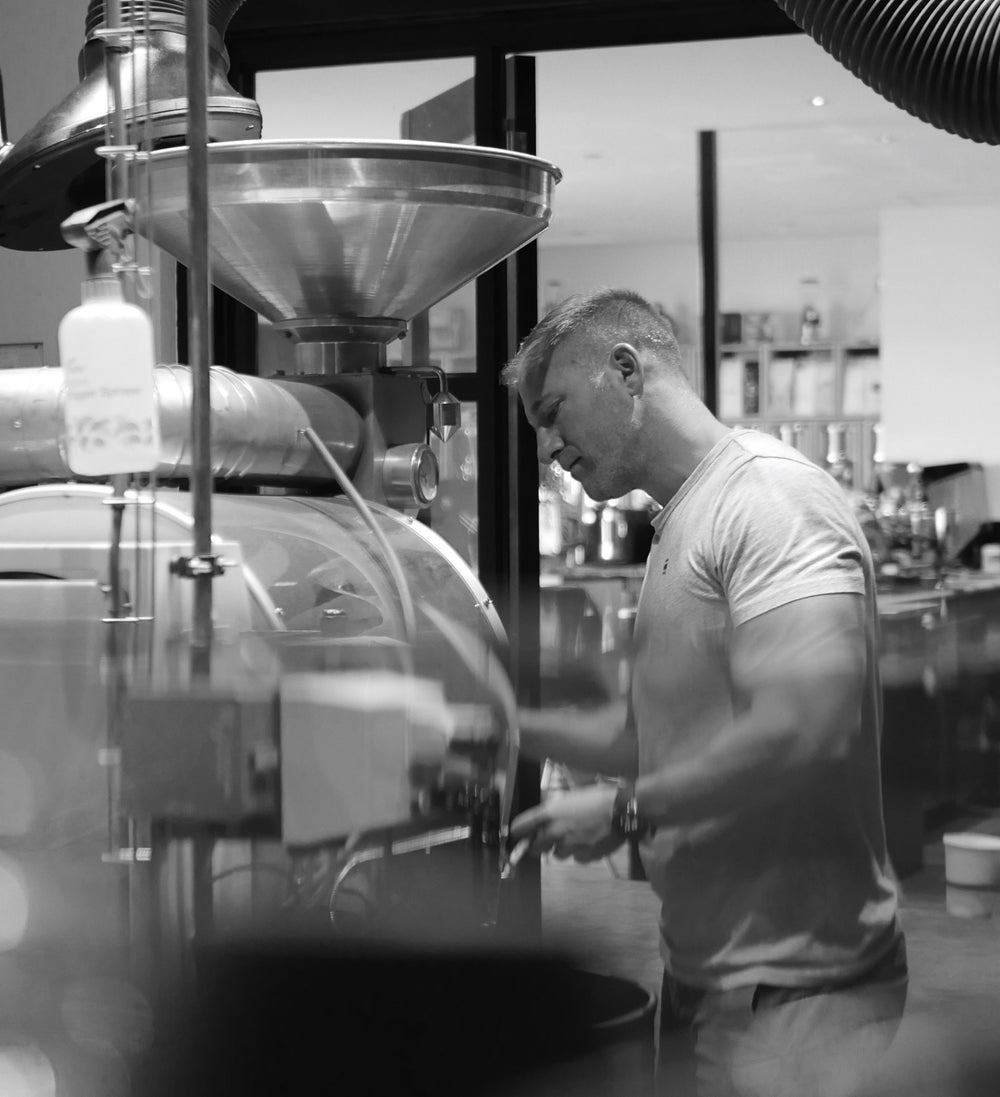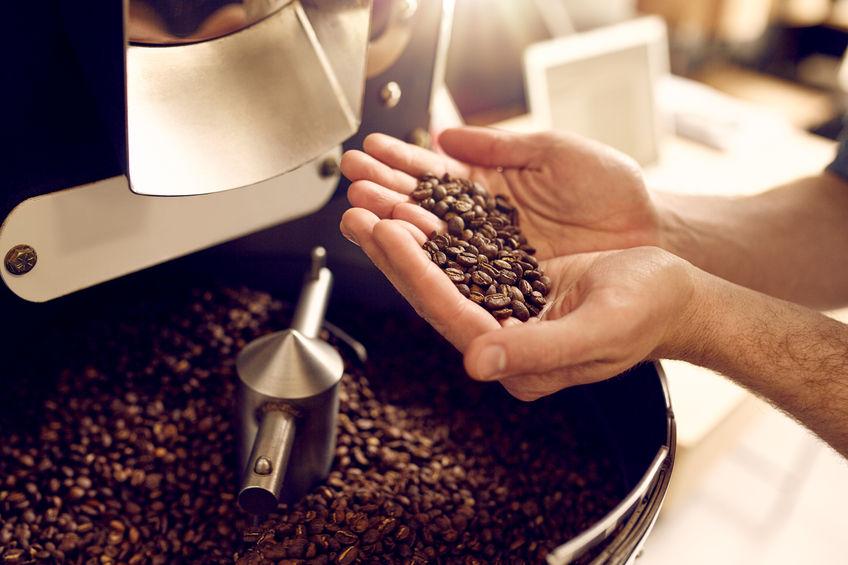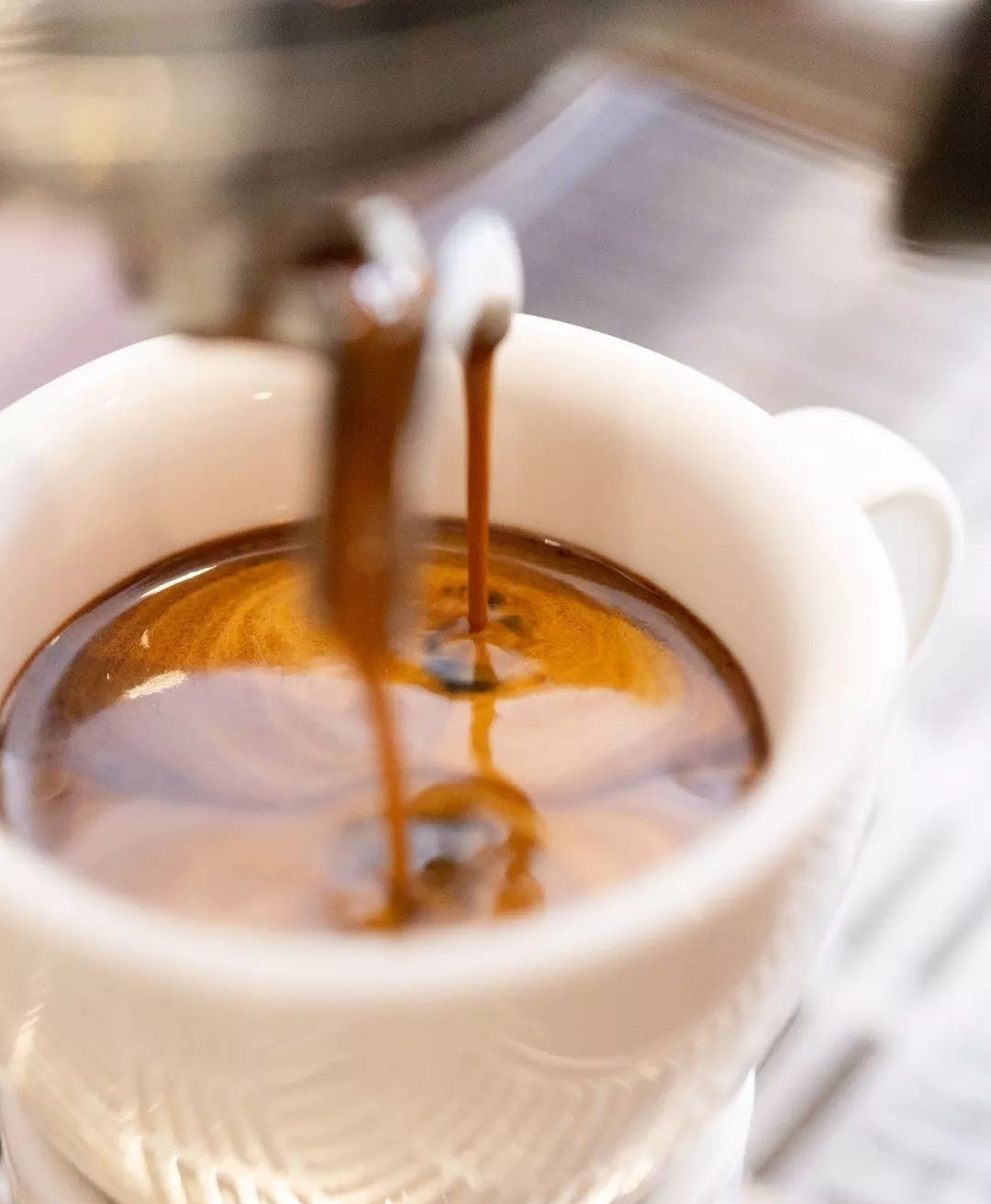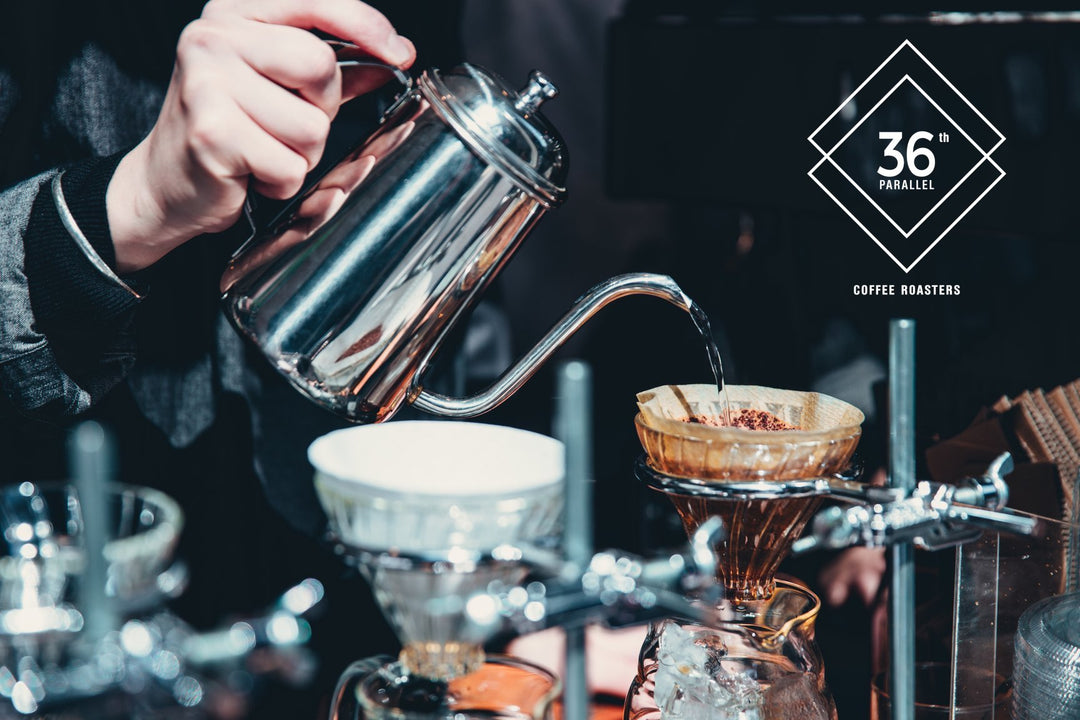Using your senses to roast - PART 1: Hearing the roast temperature
Art or science? In days goes past before computers and intelligent roasting algorithms, the Roastmaster utilised their 5 senses to deliver a perfectly developed coffee bean when roasting.
In part 1 of this series we will discuss how to hear the colour and roast temperature of the bean.
Hear a temperature you ask, how?
There are two temperature thresholds called "cracks" that our Roastmasters listen for.
At approximately 196 °C, the coffee will emit a cracking sound. This point is referred to as "first crack," marking the beginnings of a "light roast". At first crack, a large amount of the coffee's moisture has been evaporated and the beans will increase in size.
Home Roaster Note: If you are trying to roast coffee at home, note the time at which you hear the first crack (temperature too if your machine tells you.) It will sound like individual kernels of popcorn popping or twig breaking. Note the length of the roast at this point and write it down. How long did the first crack take to conclude? You might begin to get some smoke from the beans, depending on the bean and volume roasted.
When the coffee reaches approximately 224 °C (435 °F), it emits a "second crack", this sound represents the structure of the coffee starting to collapse. If the roast is allowed to progress further, the coffee will soon fully carbonize, and eventually combust.
Home Roaster Note: If you would like a darker roast, allow the coffee to enter the second crack. As you enter this second crack (note time and temperature), you are going to begin smelling a deeper roast, more smoke and the coffee's oils may begin migrating to the surface. The coffee will darken very quickly! and more smoke will be present.
Past second crack and moving towards French Roast - too far for us but you may want some super dark beans. Be careful not to go too far as the beans may combust.
Think you are ready now to become a Roastmaster ? One sense alone can’t reliably determine roast level. Just like cooking, coffee roasting is an acquired skill that improves with experience and requires all your senses.
In future blogs we will discuss how to use sight, smell, touch and taste to develop the best coffee you can.
Don't forget that the key ingredient is always high-quality green coffee.









Leave a comment